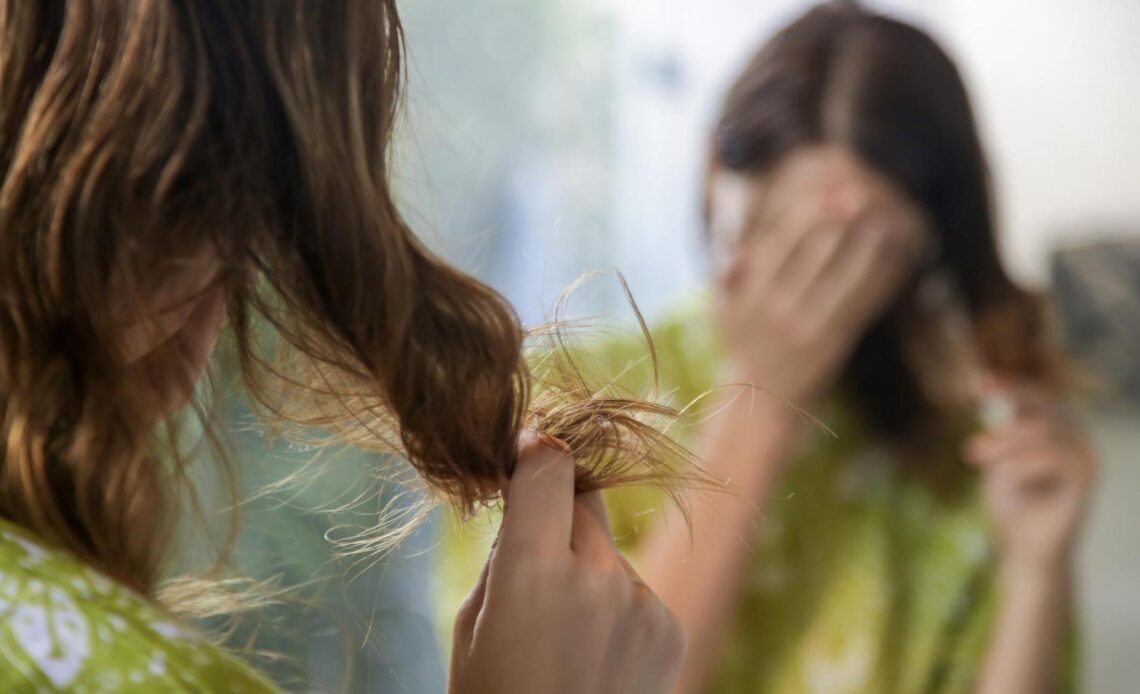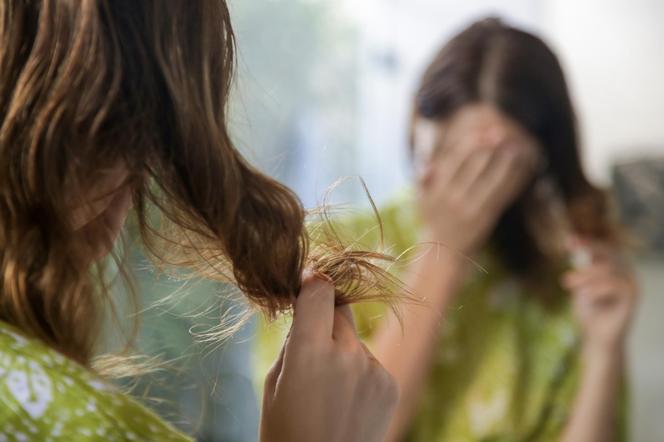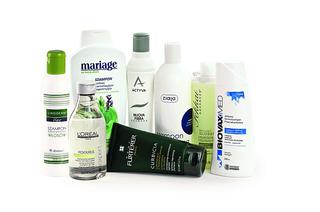
It would be ideal if our hair was properly protected before leaving the house, and after bathing in the sea and sun, properly cleansed, moisturized, strengthened… It's gone, it already resembles hay, is it too late for prevention? You can always try to regenerate it in 5 steps.

First of all, do not believe that you can perform miracles on your own like a trichologist or even a hairdresser, and that ingredients available in the grocery store or refrigerator will prove to be as effective as professional care and regeneration treatments.
Although nature offers us many treasures and increasingly available products in the drugstore have a similar composition to those used by professionals, it is still not the same. However, with hair, as with everything, you need to know a little to act effectively.
Remember to be safe and avoid using too intense substances to avoid making matters worse.
1. Hair Problems – Make Sure It's a Vacation-Related Problem
Remember that many factors affect the condition of your hair, its appearance and resistance. When you come back from vacation, look in the mirror and notice a significant change in the appearance of your hair, it's easiest to immediately blame the sun and salt.
The poorer condition of skin appendages is often the result of nutritional deficiencies, care errors, but also health problems.
If you ate only fast food on your vacation, indulged in more stimulants than usual, saved on luggage, and only put a shower gel in your makeup bag that pretended to be shampoo, it's no wonder you're in trouble now.
It's possible that you only noticed your hair problem after your vacation, but it had been growing for a long time. It could be caused by anemia, thyroid disease, diabetes, or general metabolic and hormonal disorders.
Analyze carefully where the problem comes from and depending on the cause, seek the appropriate help. It would not hurt to consult your primary care physician and consider doing some basic tests, especially if you have not done them for a long time.

View gallery 4 photos
2. Damaged hair – give it a rest
You come back from vacation, your hair is dull, frizzy, there is less of it? You are tempted to use the power of styling – throw a nice color on it, curl it, straighten it, wave it, etc.
Unfortunately, this is not the way to go. Yes, masking the problem can be effective, but only for a short time and usually only makes the problem worse. An ordinary hair dryer used inappropriately on weakened hair can lead to disaster.
Before you weigh your hair down with a strong hairspray, gel or shape it with a straightener, it is worth strengthening it, so that you do not end up leaving a lot of those thin, weak strands on the straightener or in your hands.
Basically, the only thing you can do at this stage is to trim the ends, because a lighter hairstyle usually looks better right away, and scissors do not weaken the hair. Do you feel bad? It's understandable, especially since with damage not only at the ends, the aesthetics of the hair's health do not necessarily improve.
First nutrition, then we'll see. But don't forget that effective, permanent gluing of split ends and hair shining like a mirror after a cheap spray can only be seen in advertisements.
3. Hair weakened by the sun and salt water – choose your daily care wisely
- Instead of using a dryer, gently dry (no rubbing) with a towel.
- Shampoo and other cosmetics appropriately selected for the type of hair and the current problem. Definitely those that protect the hair from the sun, so as not to worsen the problem.
- Water not too hot or too cold.
- A moisturizing conditioner that is preferably rinsed off so as not to leave any sticky residue on the hair.
- Mask not very often – usually once every two weeks.
- Carefully reading the leaflets of selected cosmetics.
The above are just platitudes and obvious things? Maybe, but take them to heart anyway, because in practice it can be different.
4. Optimal regeneration
Only when you have taken care of all these basic issues can you start thinking about step four, regeneration, with the correction that sometimes you have to wait for the effects. You can destroy hair very quickly, but considering that it grows about 1 cm per month and its full development on the head takes a few years, the effect will not be immediately stunning.
All that rosemary, castor oil, avocado, egg yolk, horsetail extract, aloe vera gel, don't work? Of course they do, and most importantly they usually don't do any harm, and that's something.
Remember, however, that the ability of hair to absorb nutrients is very limited. Don't forget that from a physiological point of view, hair is actually a dead structure created by the body. Yes, it is created by dead, keratinized cells.
The condition of the scalp, the health of the hair follicles, and the overall nutrition of the body are of great importance for the appearance of hair.
5. Feeding your hair from the inside
Are you tempted to run to the chemist's for some oral supplement and feed your hair from the inside? Maybe it's better to think about a balanced, varied diet full of good protein, vitamins, minerals, but also unsaturated fats and complex carbohydrates.
Yes, your hair needs all of these, as does your entire skin and other organs. Of course, they especially crave B vitamins, vitamin A and E, zinc, iron and silicon, but that doesn't mean that any deficiency states of other nutrients don't matter. Your body is a system of interconnected vessels.
Do you think you'll swallow “something with biotin” and that'll fix the problem? If thyroid disease is to blame for your hair problem, biotin will only cloud the picture, affecting test results (more on that).
